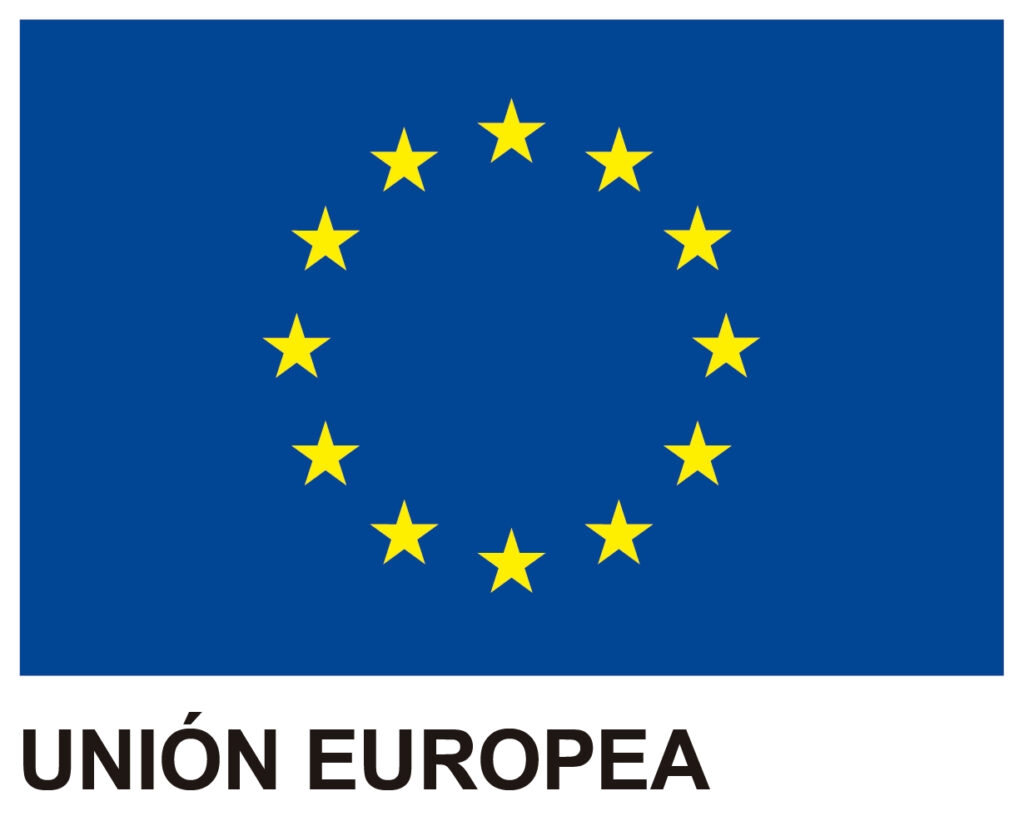Introduction to ISO 27001 standard
The ISO 27001 standard is an international standard that establishes the requirements for the implementation, maintenance, and continuous improvement of an Information Security Management System (ISMS). This system is used to protect the confidentiality, integrity, and availability of information. The standard provides a framework for information security that helps organizations identify and effectively manage their information security risks.
The applicability of ISO 27001 standard
The ISO 27001 standard applies to any type of organization, including small and medium-sized enterprises, large corporations, government institutions, and non-profit organizations. It can also be applied in any sector, including information technology, finance, healthcare, and public services.
ISO 27001 Implementation Process
The implementation process of ISO 27001 standard is divided into four phases: planning, implementation, evaluation, and continuous improvement.
Planning Phase:
During the planning phase, the organization identifies its information security requirements and establishes a plan to implement the ISMS.
Implementation Phase:
The implementation phase includes the creation of policies, procedures, and controls to protect the information.
Evaluation Phase:
During the evaluation phase, the organization assesses the effectiveness of its ISMS and identifies areas for improvement.
Continuous Improvement Phase:
The continuous improvement phase involves identifying and applying enhancements to the processes and controls of the ISMS.
Once implemented and certified, the ISMS should be regularly reviewed and updated to ensure its ongoing compliance with information security requirements. ISO 27001 certification, while not mandatory, can enhance the brand’s image and customer trust, as it demonstrates the organization’s commitment to information protection, verified by an independent certifying body.
Furthermore, ISO 27001 standard can be integrated with other standards and frameworks to achieve a more comprehensive and effective management of information security in an organization. Notably, ISO 31000 for risk analysis and management or ISO 22301 for business continuity management, among others. However, it is essential to highlight that, while ISO 27001 can be integrated with these standards and frameworks, each one has its own specific focus and objectives.
The structure of the ISO 27001 standard.
- Introduction: Provides an overview of the standard, its purpose, and its relationship with other information security standards and frameworks.
- Scope: Describes the scope of the standard and establishes the boundaries for the application of an organization’s Information Security Management System (ISMS). This includes identifying the information assets covered by the standard and the activities, processes, and geographical locations included within the scope.
- Normative References: Refers to other relevant standards, laws, and regulations that must be considered in the design, implementation, and maintenance of the ISMS. This includes international information security standards like ISO 27000, privacy and data protection laws, industry-specific regulations, and other information security frameworks.
- Terms and Definitions: Provides clear definitions of key terms and concepts used in the standard to ensure a common understanding of the requirements.
- Organizational Context: Describes the requirements for understanding the organization’s context, including its structure, objectives, needs, and expectations of interested parties. This helps the organization identify and assess relevant risks and opportunities for its ISMS.
- Leadership: Establishes the requirements for leadership and top management commitment to the ISMS. This includes assigning roles and responsibilities, communicating the information security policy, and establishing objectives and plans for continuous improvement.
- Planning: Describes the requirements for planning the ISMS, including risk identification and assessment, defining security objectives and requirements, selecting security controls, and developing implementation plans.
- Support: Establishes the requirements for resources needed to implement and maintain the ISMS, including personnel, infrastructure, and financial resources. It also includes requirements for competence, awareness, and communication within the organization.
- Operation: Describes the requirements for the implementation and operation of the ISMS, including risk management, information security, access control, business continuity, and other security controls. Requirements for documentation and record control are also included.
- Performance Evaluation: Establishes the requirements for monitoring, measuring, analyzing, and evaluating the performance of the ISMS. This includes conducting internal audits, management reviews, and assessments of conformity with the standard. Requirements for continuous improvement of the ISMS are also included.
Controls of ISO 27001 standard.
The ISO/IEC 27001 standard establishes an information security management framework that includes a series of controls ISO 27001 to ensure the confidentiality, integrity, and availability of information. Some of the controls included in the standard are:
Controlled Access:
Restriction of access to information resources only to authorized individuals.
Information Classification:
Identification and classification of critical information to determine the necessary level of protection.
Physical Security:
Security measures to protect physical information resources, such as storage devices, buildings, and areas.
Device Control:
Measures to protect and control devices that access information.
Cryptography:
Use of encryption techniques to protect information at rest and in transit.
Backup and Recovery:
Planning and performing regular backups to ensure the availability of information in case of a disaster.
Monitoring and Auditing:
Periodic monitoring and review of security systems and records to detect potential vulnerabilities and suspicious activities.
These are just some of the controls included in the ISO/IEC 27002 standard, which covers a comprehensive approach to information security management. The 2022 version of the standard consists of 93 controls organized into 4 major groups (Organizational, Personnel, Physical, and Technological controls).
Advantages of implementing the ISO 27001 standard with software
Implementing the ISO/IEC 27001 standard with software can offer several advantages, such as:
The software can automate many of the standard controls, saving time and reducing the possibility of human errors.
The software can streamline tracking and compliance processes, improving the efficiency and effectiveness of information security management.
The software can integrate with other systems and applications, enabling full visibility and centralized control of information security.
The software can perform real-time monitoring and audits, enabling faster detection and resolution of security issues.
The software can generate reports and analyze security data, which helps make informed decisions regarding information security management.
In conclusion, the implementation of ISO 27001 through software can significantly improve the efficiency, effectiveness, and transparency of information security management, which, in turn, can help mitigate risks and protect critical information.
Updates/Changes in ISO 27001:2022
The main updates/changes in ISO 27001:2022 comprise the PDCA (Plan-Do-Check-Act) approach of the standard and security controls:
- Context of the Organization: The new need for mapping the company’s processes against the PDCA and controls is reflected.
- Leadership: An explicit mention of the need to communicate roles and responsibilities within the organization has been added.
- Planning: Two relevant changes have been established concerning information security objectives and change planning.
- Operation: It is indicated that processes contracted externally, along with their products and services, must also be controlled.
- Security Controls: Annex A of the standard includes these controls and has undergone a complete reorganization, reducing the number of controls from 114 to 93.
- The controls are now divided into four main groups: Organizational Controls, Personnel Controls, Physical Controls, and Technological Controls.
- 11 new controls have been added, while 57 controls have been merged into 24.
- Some existing controls have undergone modifications that will require adaptation changes in organizations.
How can our GRC GlobalSuite software and the ISO 27001 module help your organization?
If your organization is looking to implement and maintain an Information Security Management System (ISMS) in compliance with ISO 27001, our ISO 27001 software is the ideal solution for you. With our solutions, you can:
Automate the ISO 27001 implementation process
Our GRC software enables you to plan, implement, assess, and continuously improve your ISMS in compliance with ISO 27001 automatically, reducing the time and costs involved in manual implementation.
Centralize and simplify information security management
With the platform, you can centralize and simplify information security management in your organization, as you’ll have a single access point for managing policies, procedures, and security controls.
Ensure continuous compliance with ISO 27001
The software helps you keep your ISMS up-to-date and compliant with ISO 27001 requirements consistently, ensuring your organization is prepared to address current and future risks and threats.
Enhance the efficiency and effectiveness of your ISMS
Thanks to the software, you can improve the efficiency and effectiveness of your ISMS by accessing a wide range of tools and resources to manage it more effectively.
Don’t wait any longer to implement an ISMS in compliance with ISO 27001. Contact us and discover how our GRC software with the ISO 27001 solution can help your organization protect its information and enhance information security!




